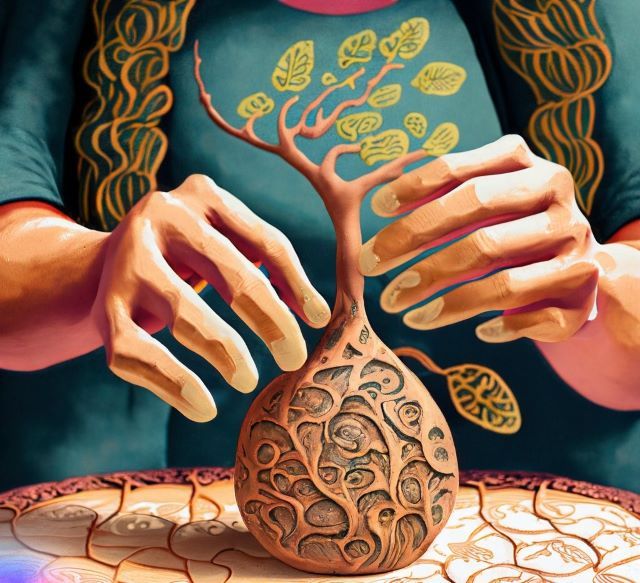The Rich History of Metepec's Pottery Tradition
Discover the rich pottery tradition of Metepec, where artisans blend history, culture, and innovation to create captivating pieces like the emblematic Tree of Life. Uncover the stories behind these unique works of art.





